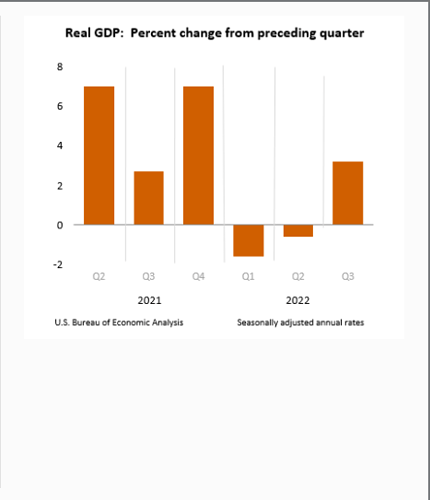You have to understand money first
Anything complex usually needs a simple model, let’s try to create a simple model
Say you have a country with 3 people, one is a farmer and 2 are fisherman
Fishermen need rice and spices, farmer needs fish
The fishermen fish every day except monsoon and the farmer harvests once a year
The total production is enough for everyone in perfect equilibrium but has no excess
The fishermen cannot fish during monsoon so the community doesn’t eat fish in monsoon. For simplicity let’s say monsoon is 6 months
Let’s say each fisherman catch 4 fish a day, they give 2 each to the farmer and the farmer gives them 4 cups of rice. Each fisherman eats 2 cups and store the remaining 2 for monsoon
Now here the medium of exchange is rice as its common currency and can be stored. Fish can’t be stored.
Let’s say now one fisherman finds a technique that can give him a catch of 8 fish a day.
So he goes and exchanges the remaining 6 for rice. The current exchange rate means before monsoon starts the new fisherman will end up having the farmers rice as well
They can remove rice has a currency but to understand the model keep rice as money.
So the farmer has to change the exchange rate. He will keep 2 cups of rice for monsoon and divide the remaining rice by new ratio. We have entered inflation.
Any one area causing a hugely disproportionate production or reduction can cause inflation.
If this years harvest of rice was less and the fish production had not increased we still have the same problem of inflation.
So inflation can happen if rice as currency or rice & fish as consumables increase or decrease disproportionately.
Money is also a commodity just like rice. If you increase money, in disproportionate percentage it will cause inflation. Gold caused inflation in Spain and Egypt. In Spain because of Inca gold and in Egypt because of mesa musa gold.
Current inflation started because of printing of money by fed and other governments however the straw that broke the camels back was shipping/container shortage
Now they are trying to fix it by reducing money in the system.
Inflation can happen in one area or the entire economy.
Real life is very complex as interest rate, government spending, taxes and expectations, agreements, etc affect inflation
Stocks should rise during inflation as it lifts the prices of everything. However stock markets are a bit forward looking and there is expectation built into them. They rise 3- 6 months before inflation rises and they keep rising for the duration of high inflation and then when the government tries to reduce inflation they fall 3-6 months before economic inflation falls. They are always a bit ahead of everyone.


